Editors Note:
In an era where storytelling transcends traditional boundaries, Reunion Studio merges artistry and A.i. technology to shed light on America’s profound legacy of racial injustice.
In collaboration with the Equal Justice Initiative, they have embarked on an ambitious project to create an animated film series that bridges historical events with present-day experiences. Their latest project is more than just an animated film series it’s a poignant call to remember and confront America’s deep-seated history of racial injustice.
This ambitious undertaking seeks to bridge the gap between past and present, connecting historical atrocities with the ongoing struggles of today in a way that is both heart-wrenching and profoundly necessary. Through this series, the Equal Justice Initiative and Reunion Studio are not merely telling stories; they are sparking vital conversations, fostering empathy, and striving to build a more just and understanding world.
This interview delves into the motivations, challenges, and innovative processes that brought this impactful series to life, offering a glimpse into Reunion’s unwavering dedication to using the power of visual narratives to illuminate the darkest corners of our history and inspire a brighter future.
Can you explain your background and how you got to do the collaboration with the Equal Justice Initiative?
Our studio, Reunion, has a strong focus on creating impactful, socially relevant content. Our collaboration with the Equal Justice Initiative (EJI) began through mutual interest in combating racial injustice shortly after the murder of George Floyd. We’ve been working together ever since.
Some of the challenges faced during this production included ensuring historical accuracy and respectful representation while dealing with extremely sensitive subject matter. The most rewarding experiences came from the feeling we were producing meaningful work that will hopefully go on to foster dialogue and understanding about these vital issues.
Unveiling the Project: A Deep Dive into the Series
Continuing our collaboration with the Equal Justice Initiative (EJI), we created an animated film series that highlights the profound legacy of racial injustice in America’s history. This series consists of ten films designed to bridge historical events with present-day experiences, fostering a dialogue of understanding and empathy.
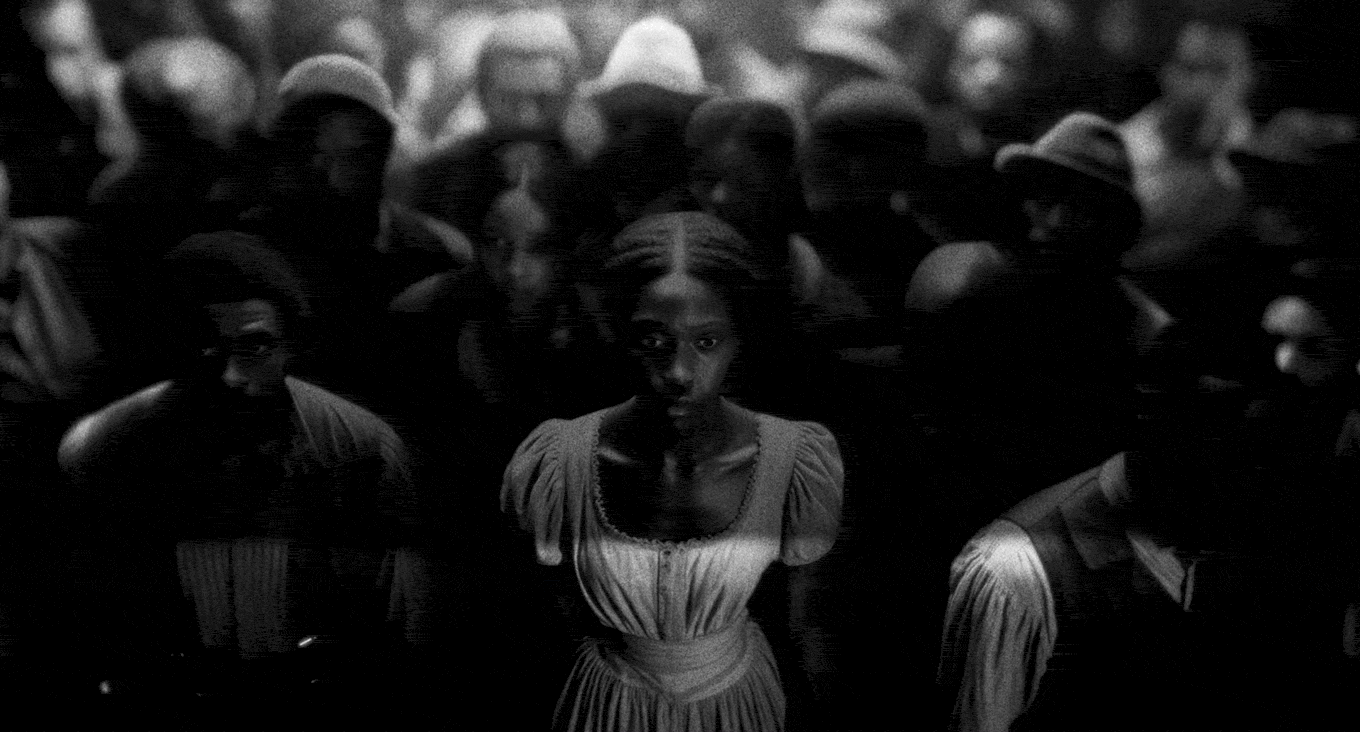
Envisioning the Series
This series was created by a small, diverse team of artists who set out to explore new approaches to historical documentary filmmaking. It uniquely combines traditional storytelling with advanced production techniques, reflecting our studio’s commitment to merging human artistry with technological innovation.
Given the need for this series to be accessible to a wide audience while also honoring the truth of its deeply upsetting subject matter, we knew our art direction had to communicate a sense of trustworthiness while still being bold and distinct. Realistic representation of people and places was important, but the challenge was achieving this with only 6 weeks of production time for each film.
We decided our workflow would employ the use of artificial intelligence as a method for empowering our artists to achieve a higher level of quality when it came to realistic representation and historical accuracy. This would end up being extremely helpful in the representation of real people for whom there were limited archival photographs to reference.
However, we also decided that it was paramount to maintain a level of specificity and creative control often only achievable through traditional techniques. This series would serve as a testing ground for a new way of working – one where our artists remained in the driver seat through each phase of production while utilizing A.i. in smart ways to improve both efficiency and quality throughout.

Workflow
The production process for each film began with lengthy conversations between our team at Reunion and our partners at EJI. Together, we refined the scripts and discussed each story beat, ensuring all members of our team were ready to approach these narratives with an informed perspective.
Once we were aligned on story, we entered pre-production during which our team conducted extensive research, examining archival photographs and historical articles relevant to each film’s era. This research informed our carefully illustrated storyboards. Given our tight timeline, it was important that we communicated as clearly as possible to avoid surprises down the road. Thus, each frame of our storyboard was hand-drawn to represent composition and blocking as clearly as possible.
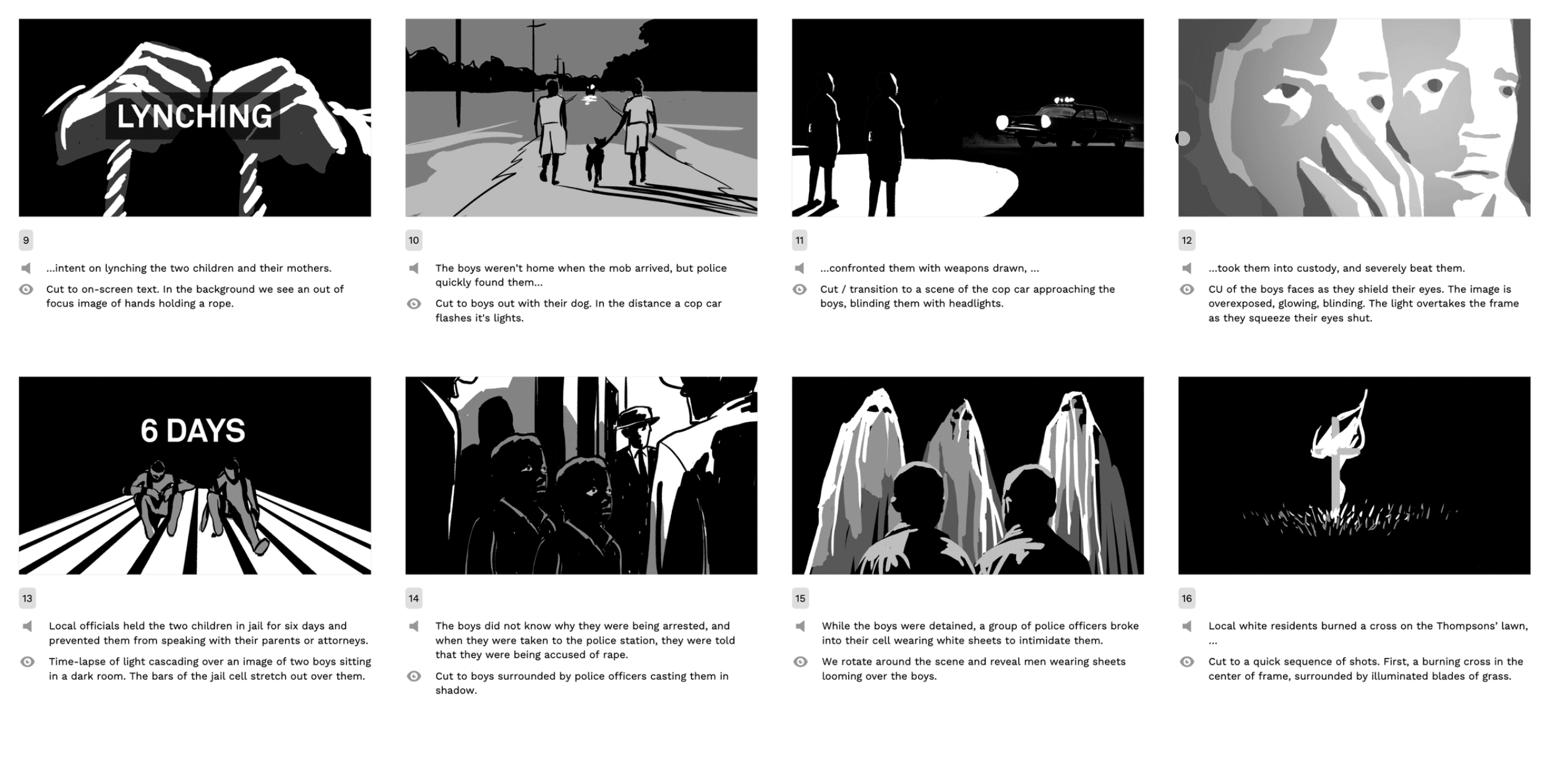
After sketching out our storyboard, we began the design process which seamlessly blended traditional methods with modern technology. We started with a sequential approach to the use of A.i. First, we used it as an up-scaler to unearth details from old photographs and create hyper clear reference images.
We then used these images to create additional assets for our design team to work with, including orthographic character sheets of the real people featured in each story. This ensured the highest level of accuracy and respectful representation of people, places, and historical artifacts. Our designers then used these generated assets alongside photographs, 3D renders, hand-drawn illustration and typography to craft each scene.
Our animation workflow utilized Cinema 4D, iClone, Marvelous Designer, Maya, After Effects, and Premiere. Lead Animator Djeison Canuto used the character sheets crafted by our design team to sculpt 3D models for the main people in each story. This meticulous attention to detail ensured that every aspect, from facial features to bespoke clothing details, was historically accurate and honored the dignity of the individuals depicted.
Our approach to music and sound design drew inspiration from each film’s subject matter, often utilizing period-specific sounds to create unique rhythms and ambient noise beds. Composer and Sound Designer Ambrose Yu met weekly with Creative Director Chris Carboni to brainstorm and discuss progress. Given the tight timelines, audio production occurred concurrently with the design and animation process. It was crucial for both teams to work in lockstep, ensuring seamless integration of audio and visuals.
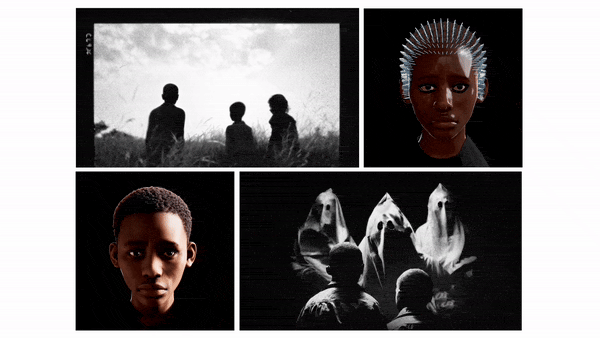
What inspired or motivated you to be involved in the creation of this animated film series on racial injustice?
We’re always motivated by a desire to use our artistic skills to tell important, often overlooked stories. Partnering with EJI provided an opportunity to amplify their message of equality and the need for criminal justice reform while contributing to a broader understanding of racial injustice in America.
How was the selection of the specific historical events presented in the series?
The selection process involved extensive research and collaboration with EJI to identify events that were both significant and underrepresented in mainstream historical narratives. We aimed to cover a diverse range of incidents that collectively provide a comprehensive view of racial injustice. Additionally, we focused on historical events occurring in different months, allowing us to release the films incrementally on the anniversaries of these events.
What criteria did you use to ensure the events covered were both impactful and educational?
We prioritized events with significant social impact and clear links to contemporary themes, ensuring they would resonate with audiences and highlight the historical roots of present-day issues. We aimed for a balanced series, with some films focusing on intimate human stories and others on broader systemic issues, to cover the full spectrum of racial injustice comprehensively.
Selected Films
THE KISS
Our first film in the series, recounts an event that took place 65 years ago in which police arrested, jailed, and physically assaulted two Black children after a white child kissed them on the cheek. The lives of the two boys were forever altered, and the trauma endured by them and their family extended to the entire Black community of Monroe, North Carolina.
GEORGE STINNEY
Our next film revisits the harrowing story of George Stinney, the youngest person executed in the United States during the 20th century. At just 14, George was wrongfully convicted and executed in 1944 for the murders of two white girls in South Carolina—a tragic consequence of racial prejudice.
ALIEN LAND LAW
This film explores the impact of the 1913 Alien Land Law in California, which prohibited Asian immigrants from owning land. Highlighting a significant episode of anti-Asian discrimination, this law and its subsequent versions across sixteen states epitomized the deep-rooted racial barriers in America. The story captures the resilience of Asian communities against institutionalized racism, underscoring a long struggle for justice and equality.
THE COUP
Our next film in the series recounts an event in which over 2,000 armed White people descended on Wilmington city Hall and forced Black and White elected officials to resign in a coup. The goal of the militia was to dismantle the biracial government and codify White supremacy as state policy – a goal that was achieved, significantly impacting life in Wilmington, North Carolina for half a century to follow.
Additional films can be viewed on the Reunion website.

Can you elaborate on how artificial intelligence was used to improve historical accuracy and representation?
A.i. was mainly used during our design process which seamlessly blended traditional methods with modern technology. First, we used it as an up-scaler to unearth details from old photographs and create hyper clear reference images of people, locations, and other historically accurate artifacts.
Once we had a library of high resolution images based on real photographs, we had A.i. reference these images to create additional assets for our design team to work with, including orthographic character sheets of the real people featured in each story. These images were then used by our animation team to create accurate 3D models and environments. Our animation workflow utilized Cinema 4D, iClone, Marvelous Designer, Maya, and After Effects.
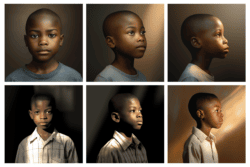
These digital portraits were then meticulously transformed into 3D models, donning bespoke attire that mirrors the actual clothing from archival images, further bridging the gap between past and present while maintaining the dignity of the individuals’ memories.

What were some of the unique challenges you faced in achieving realistic representation with limited archival photographs?
We decided our workflow would employ the use of artificial intelligence as a method for empowering our artists to achieve a higher level of quality when it came to realistic representation and historical accuracy. This would end up being extremely helpful in the representation of real people for whom there were limited archival photographs to reference.
However, we also decided that it was paramount to maintain a level of specificity and creative control often only achievable through traditional techniques. This series would serve as a testing ground for a new way of working—one where our artists remained in the driver’s seat through each phase of production while utilizing AI smartly to improve both efficiency and quality throughout.
Creating The Coronel
Given the tight timeline of six weeks per film, what strategies did you use to stay on schedule?
We maintained a rigorous production schedule through clear communication, daily reviews, and weekly progress meetings with EJI. Utilizing AI for efficiency, thorough pre-production research, and a sequential workflow helped us stay on track while maintaining high quality. Key to our success was a strong research phase and collaborative story brainstorms with EJI. Our goal was to ensure accuracy and coordination throughout each production phase, adhering to the principle of “measure twice, cut once.”
Have you received any feedback from individuals or communities directly affected by the historical events depicted?
The online response has been overwhelmingly positive. The films have been released monthly through EJI’s social media channels, and it’s been extremely rewarding to read the responses. We’ve been told it is the most successful online content EJI has ever produced from an engagement standpoint.
What kind of impact or personal/work change, if any, did you experience from this project?
This project deepened our understanding of racial injustice and highlighted the power of animated storytelling in fostering empathy and social change. It also served as a case study for integrating AI with traditional techniques. Lead Animator Djeison Canuto and I aimed to create a modern workflow to achieve high-quality results within six weeks, without killing our team. We successfully pushed ourselves to learn new tools and maximize efficiency, consistently meeting our goals without requiring late nights or weekends.
What advice would you give to seasoned and aspiring storytellers interested in exploring historical or social justice themes?
Prioritize thorough research and collaborate with subject matter experts to ensure accuracy and respect. Use technology to enhance quality, but always maintain creative control. Do not over-rely on automation—human stories need human storytellers. Focus on narratives that foster empathy and understanding, and be prepared to handle sensitive topics with care.
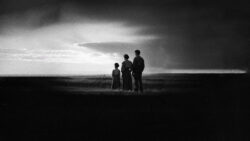
Credits:
Created by Reunion and the Equal Justice Initiative
Directed by: Chris Carboni
Produced by: Rosetta Canuto
Written by: Bryan Stevenson, Sonia Kapadia, Claire Gelbart
Featuring the voices of: Bryan Stevenson, Sia Sanneh, Evan Milligan
Story by: Chris Carboni, Jardley Jean-Lewis, Sonia Kapadia, Claire Gelbart
Research by: Jardley Jean-Lewis, Claire Gelbart, Jacob Hoerger, Sonia Kapadia
Design by: Kim Dulaney, Elena Chudoba, Chris Carboni
Lead Animator: Djeison Canuto
Animation by: Djeison Canuto, Craig Davis, Andy Kennedy










